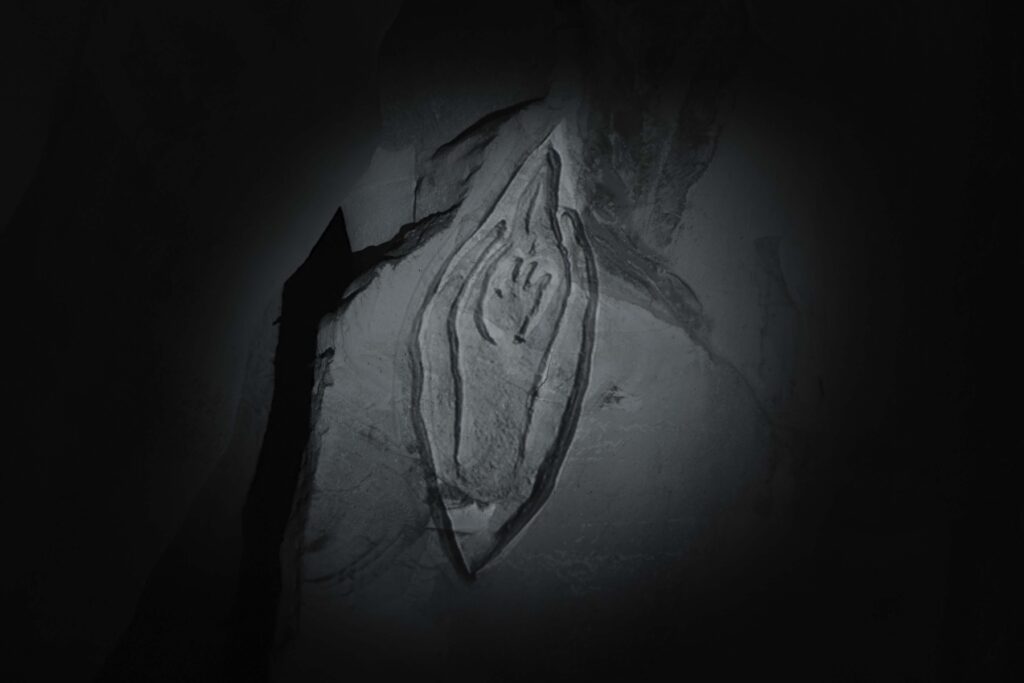One Tongue is a site-specific audiovisual installation that was created at The Beit Guvrin Bell Caves. The work centers around a song written in an ancient Semitic tongue, which was then composed for a choir, and performed in four voices. The choral singing is accompanied by video projections that focus on the singers’ lips while they perform the piece. The sounds emanate from speakers placed along the hiking trail in the caves, while the videos are projected on the rock-hewn cave walls, merging with them.

The poem was written in Proto-Semitic – the hypothesized proto-language from which all Semitic languages evolved. Dated approximately to the 4th millennium BCE, there is no physical evidence attesting to its grammar, vocabulary, or sounds. The language is therefore reconstructed based on the common characteristics of the actual semitic languages, inferring its structure as the presumed origin of the current linguistic reality. For this purpose, the artist invited a group of scholars and musicians to translate, compose, and sing the text he wrote, and together they created a contemporary and new form of the ancient language.
The musical piece is performed by a choir of four singers, men and women who come from different communities and sing in one of the local semitic languages – Hebrew, Arabic, and Aramaic. They were encouraged to maintain their original accents, so that the differences in pronunciation are also apparent when they all execute the same text. The speakers are installed in the caves at a significant distance from one another as if to leave space for the differences between the different languages and cultures to echo. Yet, when the different voices resonate and bounce back from the cave walls, they merge into one piece with complex harmony. The artist uses the resonance in the caves to produce a ritualistic experience that unifies the separate voices into one, old-new, tongue.



One Tongue is a multi-sensory experience that oscillates between past, present, and future. Alongside the singing, which brings to mind primordial rituals, the video projections reveal rock paintings and improvised musical instruments that look like archeological findings. In fact, the artist took creative liberties, drawing on his imagination and making intuitive decisions that are not anchored in historical accuracy or stick to what we know of the past. Rather, he uses available contemporary means, like power tools and electronic music, artistic choices that remind us that the work was created here and now.